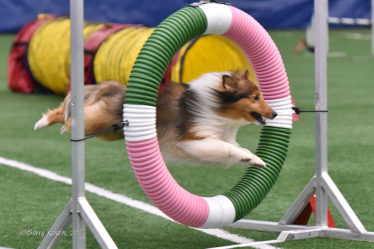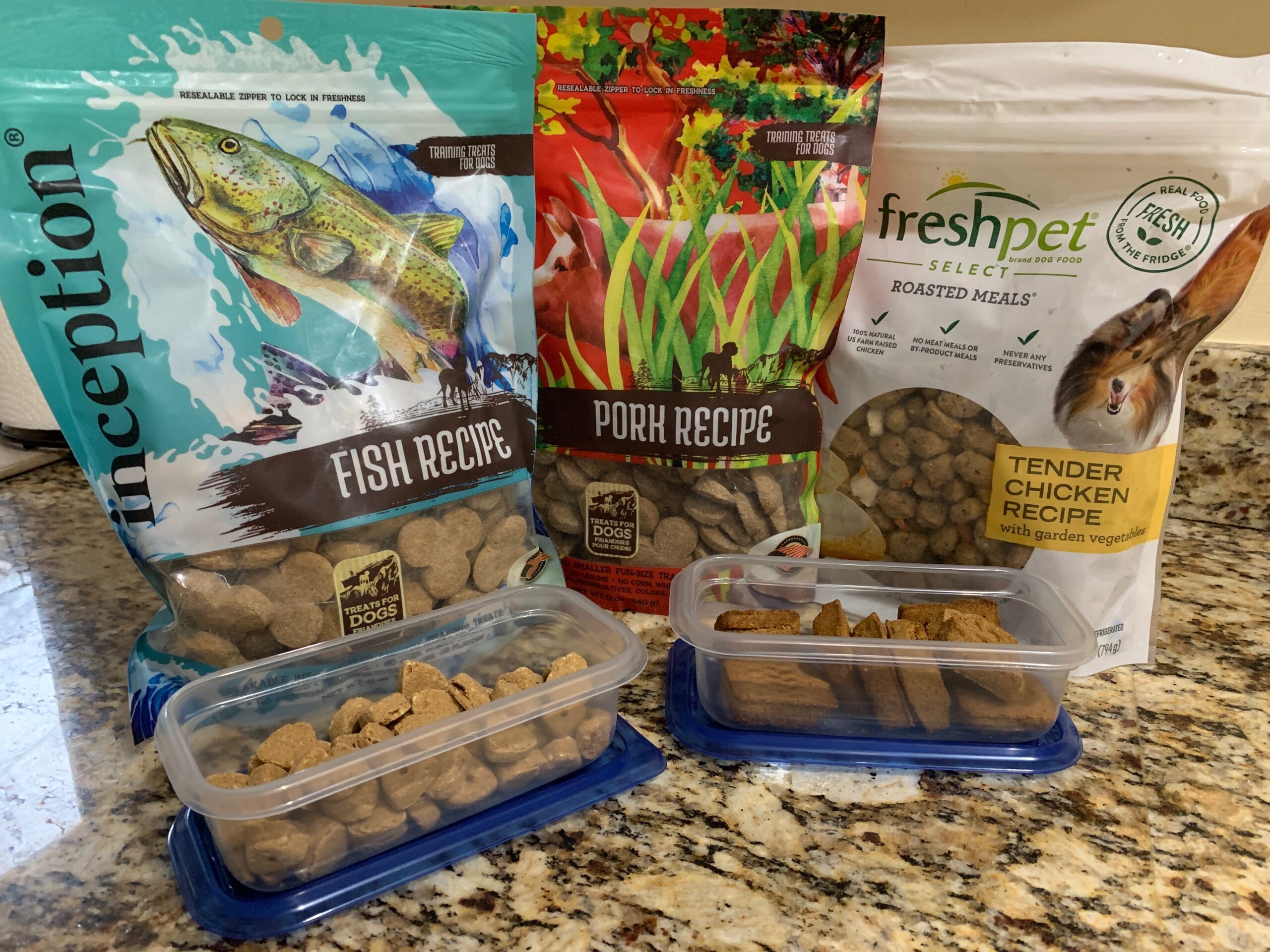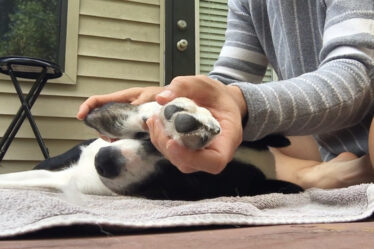We all want to accomplish our dream, whether it is earning a prestigious championship, attaining optimal health or buying a beach home in Hawaii – we all have dreams! Arriving at success, however, is so much easier said than done. Keeping our sights set high is motivating, but we can easily loop through old habits, go sideways onto different challenges, or just take a few too many detours away from our dream. It’s identifying the small goals – what we do day-to-day – that ensures success. Unfortunately, we often see too many and cannot get a plan started.
We call our process for identifying priorities the “Magic 5”.
Step One: Data Gathering
Before we can make an assessment of how to improve, we need to know what issues need improving. Think back to your last trials, what sequences or scenarios gave you and your dog trouble? Reviewing your results will give you a broad picture of the faults and issues that you may be struggling with in competition. You can also consider what issues or challenges you experienced during your last training session, class or seminar. Look critically at your performance in competition and practice.
Step Two: Identify Common Problems
More than likely, you now have a dozen (or more) items on your list. You must review the data closely to identify the common problem areas. Look for errors that have happened more than once and be objective (take some of the emotion out of the review process).
For example, if your dog broke his start line and you were eliminated at jump two, you may remember this all too well! However, it was one broken start line. If he self-releases off the a-frame every time there is a tunnel nearby, then contact training is a better item for your list.
This type of analytical review also serves to bring clarity to the actual issue behind each fault. Many aspects in agility are layers of skills and decisions.
For example, a late front cross may truly be caused by the need to “babysit” your dog’s weave pole performance which means it isn’t a front cross issue; it’s a weave issue.
Understanding which skill or decision caused a fault is a big piece of accurately diagnosing what problems belong on your list.
Step Three: Evaluate
Write down all the faults and problem areas that have multiple occurrences. Analyze each issue with regards your goal and consider the return on training (ROT) value. We use this simple double-check to be sure that the time required to train the issue or skill is worthwhile in terms of your ultimate goal. Training new moves, harder courses, and advanced skills may be fun, but you do not want unnecessary skills at the top of your list.
To identify your Magic 5, you must honestly assess the ROT value of each issue and ask yourself how it will help you reach your current goal. This is where you find your Magic 5 training list. Other issues get temporarily put to the side.
Step Four: Dig Deeper
With your Magic 5 – the five issues you’ve deemed to be the best investment of time and resources for your team to work on – identified, you now want to consider your ability to improve on each issue in context to your KSA’s: knowledge, skills and abilities. Put each issue/problem into a category.
- Training Knowledge – When looking at an issue/problem ask yourself … can I identify what steps I should take to train my dog to understand the issue? If you answer “No”, then you must seek out more information. Recycling old training methods and drills will not fix the issue. Find an expert, sign up for a seminar, consult with your trainer or buy an online resource to help you learn more about the issue you’re training.
- Dog Skills – When looking at the issue/problem ask yourself… does my dog have clear criteria for the skill? If you gave an honest “No”, then you need to think through all aspects of the training exercise. Write down your criteria for the skill, list what stressors might be affecting skill performance, and have a precise plan for where rewards will be given.
- Handling Abilities – When looking at the issue/problem ask yourself … do I understand how to resolve the handling challenge? If you answer “No”, then you need a deeper analysis of your handling. Write down what handling maneuver is causing you issues and whether you can apply it in different sequences. This will give you a better context of which element of the handling move (application, timing or execution) is the source of the issue and what specifically to work on.
Step Five: Sanity Check
Review your Magic 5 with your coach, training partner or trusted agility friend. A second set of eyes on your list can be invaluable before you invest time, money and resources.



